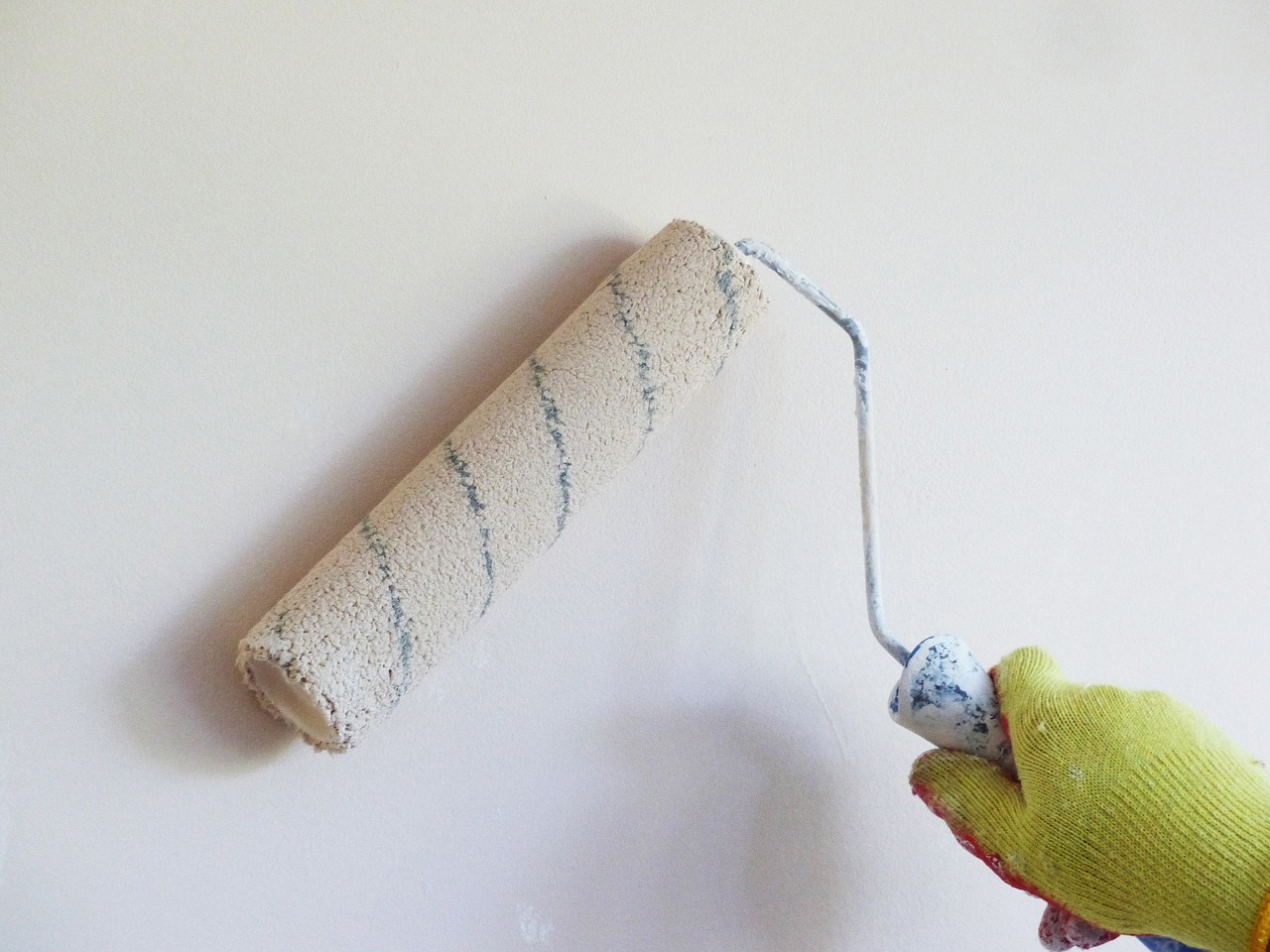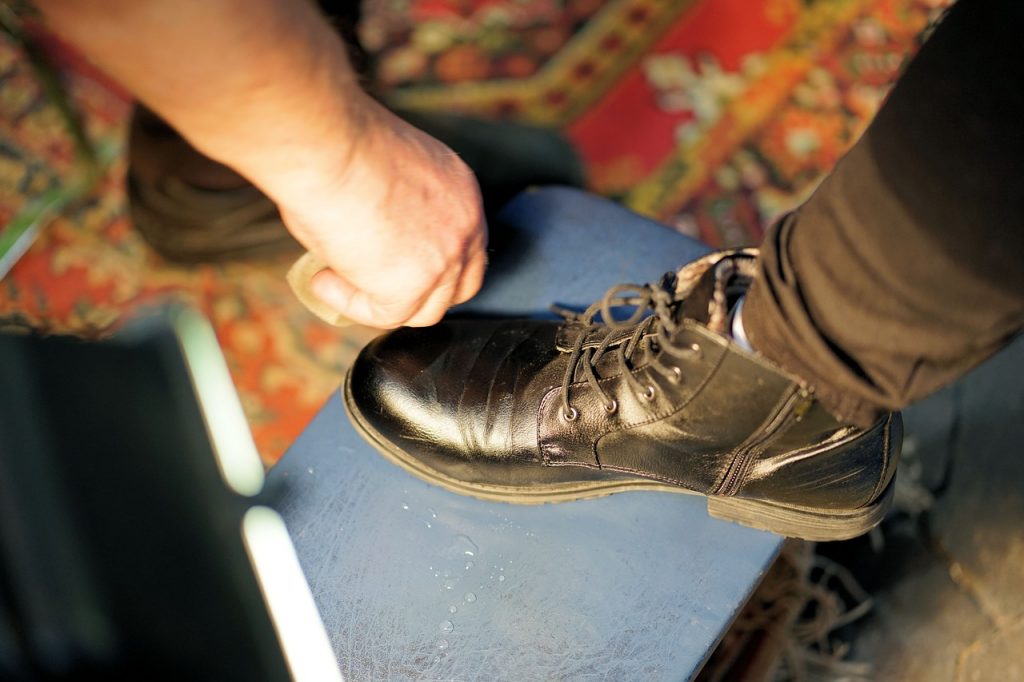How to Paint Exterior Walls | Prepare House Outside for Painting
When fixing or repairing anything around your home, there’s a right and a wrong way to do it. The right way will help you not only complete the project but complete it fast, accurate, and within budget. The wrong way can lead you down a messy and expensive route.
One of the most common home improvement projects taken on by homeowners is the painting of their exterior walls. Understandably, homeowners have a difficult time approaching this type of project the right way. Therefore, the following list includes steps for correctly painting a home’s exterior wall.
You are currently viewing a placeholder content from Youtube. To access the actual content, click the button below. Please note that doing so will share data with third-party providers.
Prepping Your Walls
Exterior home walls, no doubt are built to withstand the toughest of elements. However, this does not mean they are immune to getting dirty and grimy. A very important step before applying any paint is to clean your exterior walls.
We don’t mean simply washing it down with the garden hose. Instead, a better recommendation is to use a power wash machine. After removing all that grime and dirt, the wall will be rendered clean and ready for the next step.
Repair any imperfections
The best way to approach this next step is to simply walk around your home. Make a list of any issues that may hinder the quality of your final results. These may include issues with wood, metal masonry, etc. Some of these issues can be easily fixed by applying epoxy filler.
Once the solution has dried up, you should then follow it by sanding down the material until it’s smooth and visually pleasing.
Remove Loose Paint & Add Caulk Trim
There’s a reason why you see an artist scraping a wall before they begin on their mural. This is because often, the colors chosen are going to be dramatically different from those previously on the wall.
Make sure to also add caulk to the areas which you are not planning on painting on. This will provide you with smoother edges and also keep moisture from going into your home.
Cover Lights, Doors, Windows Etc.
Just like you would protect furniture and other valuables within the interior by covering them with plastic sheets, you must also do the same outside. Prepare the outside of your home by covering doors, windows, and other areas you are not planning on painting on.
Much of your work in this area will consist of your larger and higher up window frames. It is often safer to reach these windows from the inside of a room rather than stretching over on a ladder.
Begin Painting Exterior Walls
Once all areas have been washed and protected, you can now begin painting. Prepare your paint sprayer with your desired paint, often the preferred color would be eggshell white for a house or trailer. So, how should you start painting your house?
You will always want to start with the top of your house and work your way down. This can be a little tricker with old homes as they tend to be obstructed with other objects, but it is the best strategy. So, gather your rollers and prepare to be working on ladders for a while.
How Should I Paint my Walls?
We spoke about starting from the top, but now let’s move onto the actual technique. It is important that you paint the outside of your house with multiple coats of paint. Each stroke should overlap about 8 inches.
How do I avoid going too dark or too light when I prepare my house for painting? The best way to approach this issue is to prepare your walls with a coat of primer. This method will allow the outside of your house to be adequately covered.
Steps For Painting the Out Outside of Your House – A How to Video
You are currently viewing a placeholder content from Youtube. To access the actual content, click the button below. Please note that doing so will share data with third-party providers.
In this how to video, Mr. Build it demonstrates a variety of steps you must undertake before painting the exterior of your home. Observation techniques are demonstrated to ensure that things such as the cleanliness of the walls and the type of tools used are looked over properly before the actual painting commences.


